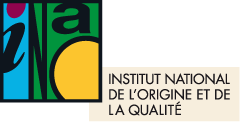This article is older and has been archived.
It remains accessible, but the information provided may be out of date or incorrect.
News
A look back at the Comité national des appellations d'origine viticoles - June 29 and 30, 2023
The INAO's Comité national des appellations d'origine relatives aux vins et aux boissons alcoolisées, et des boissons spiritueuses (National Committee for Appellations of Origin relating to Wines and Alcoholic Beverages, and Spirit Drinks), which met on June 29 and 30, presented several important issues for the wine industry: finalization of the innovation assessment system, which is now operational; update on OIV's work following the last congress; introduction of the environmental certification obligation within the specifications of the Lussac Saint-Emilion PDO.
.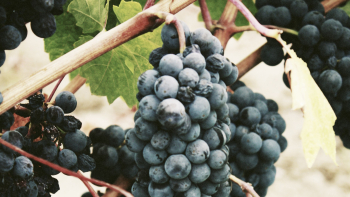
Approval of the innovation evaluation system (DEI)
Faced with contemporary challenges - climate disruption, ecological urgency, societal expectations... - the wine industry is making technical innovation, one of the key elements of its resilience capacity. In response, the INAO has undertaken a review of its procedures and developed tools for use by defense and management organizations (ODGs), without abandoning the fundamentals of the appellations.
As a result, in 2021, the Comité national des Appellations d'origine relatives aux vins et aux boissons alcoolisées, et des boissons spiritueuses (CNAOV) validated a directive known as VIFA (variétés d'intérêt à fin d'adaptation), enabling ODGs who so wish to introduce on a small scale into their specifications the possibility of experimenting, subject to precise scientific monitoring, with disease-resistant grape varieties or those adapted to climatic changes. To date, some twenty specifications have mobilized this option.
In February 2023, the CNAOV approved the principles of a new directive that would enable these approaches to be extended to cultural or oenological practices, within well-defined proportions and a framework that respects the principles of appellations, particularly the link to terroir. These guidelines were then translated into a draft directive for consultation with the regional wine appellations committees (CRINAO) between March and June 2023. These opinions led to a text that has just been definitively validated by the national committee on June 30, 2023.
The questions of the scale of the proposed innovations, as well as their number, were particularly debated. Limitations have thus been incorporated, so as to preserve the fundamentals and keep the assessments practiced legible: in the general case, a maximum of 10% of the volumes resulting from these innovations may be introduced into the blends marketed; the number of innovations will also be limited to one innovation per major section of the specifications, barring exceptions duly justified by the CRINAOs, particularly with regard to the absence of interference between innovations or folding issues.
The CRINAOs wish to play a role in defining and implementing a regional evaluation strategy, in particular by distributing evaluations across the region's AOCs and pooling the results, which has been accepted.
The innovation evaluation system (DEI) is therefore now operational. Any ODG wishing to do so can mobilize it from now on, by submitting a request to INAO.
It is thus possible to introduce, for test purposes, in the specifications of appellations, which will be modified for this purpose, on a small scale and for a given duration, innovative production conditions, cultivation or oenological practices, within the framework of a suitable monitoring protocol, on the basis of an application presenting the scientific basis for these proposals, the arrangements for monitoring them by a technical body chosen by the ODG as well as the draft agreement binding the ODG, the operators involved and the INAO.
The national committee has also set up the national committee's ad hoc working group, bringing together professionals and experts, which will be responsible for studying applications and issuing an opinion on requests made by ODGs. It will be chaired by Bernard Angelras and Jérôme Bauer.
This mechanism represents an opportunity to bring innovation back into the appellations, while preserving the fundamentals. It will also enable the ODG and its operators to strengthen the implementation of strategies for adapting to climate change and mitigating its effects, as well as to the ecological transition or societal expectations.
The assessment of these evaluations, as well as an analysis of the appropriation of these practices at appellation level, will make it possible at the end of a period defined in the protocol, either to integrate the practice fully, frame it, or reject it. This assessment will also make it possible, if necessary, to adapt the directive to the test of the field.
Integration of the obligation of environmental certification within the specifications of the Lussac Saint-Emilion PDO
At the national committee meeting of February 07, 2023, an identical dossier was adopted for the Saint-Emilion, Saint-Emilion Grand Cru and Puisseguin Saint-Emilion appellations. Since then, on May 4, 2023, the general meeting of the Lussac Saint-Emilion section approved the draft specifications with a view to their examination by the national committee on June 30, which voted to include the requirement for environmental certification in the specifications for the Lussac Saint-Emilion PDO. By the end of 2022, 82% of operators were already certified.
OIV work
The national committee presented the results of the latest OIV congress, which was held in Xeres de la Fonterra, Spain, from June 5 to 9, 2023, and focused on new technologies in viticulture. In particular, the debates around artificial intelligence were reported, as were the latest OIV resolutions, voted at its general assembly.
It was also validated at the OIV general assembly that its next congress will be held in October 2024 in Dijon, France. It will mark the centenary of this intergovernmental organization, which brings together 49 wine and grape producing and consuming countries, and more than 500 experts responsible for developing international standards for these products.
Press release
Communiqué de presse : Comité international des appelations d'origine viticoles 29-30 juin 2023
CP INAO : Comité international des appelations d'origine viticoles 29-30 juin 2023
All the news about viniviticulture
In a difficult economic context, and in order to adapt to contemporary challenges, in particular climate change, which...
News
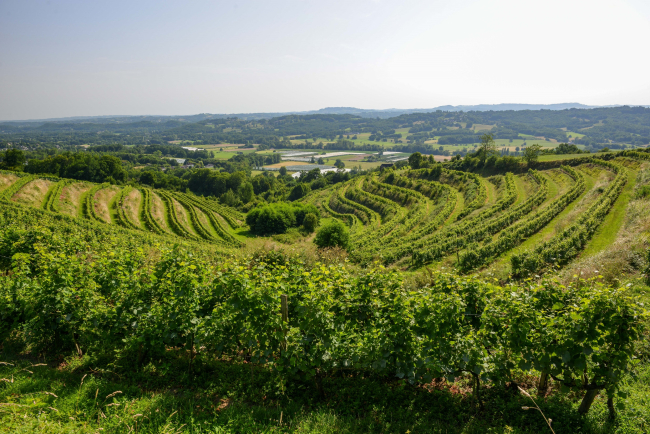
News
Meeting on June 11 and 12, 2025, INAO's Comité national des appellations d'origine relatives aux vins, boissons...
News
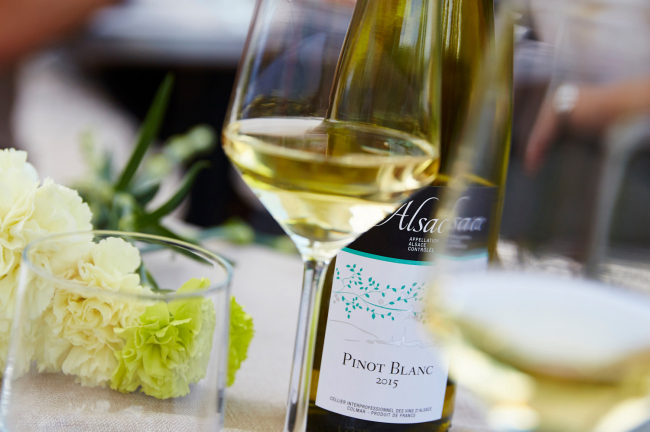
News
The INAO (DT Val-de-Loire) and the Loire administrations (FranceAgriMer, DGCCRF, Customs) have produced a guide to...
News
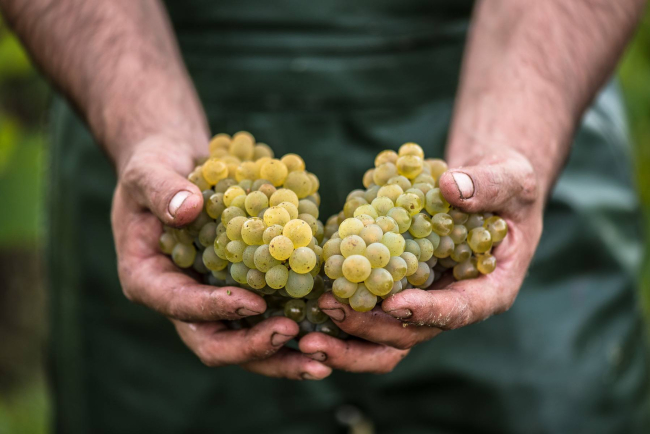
News
